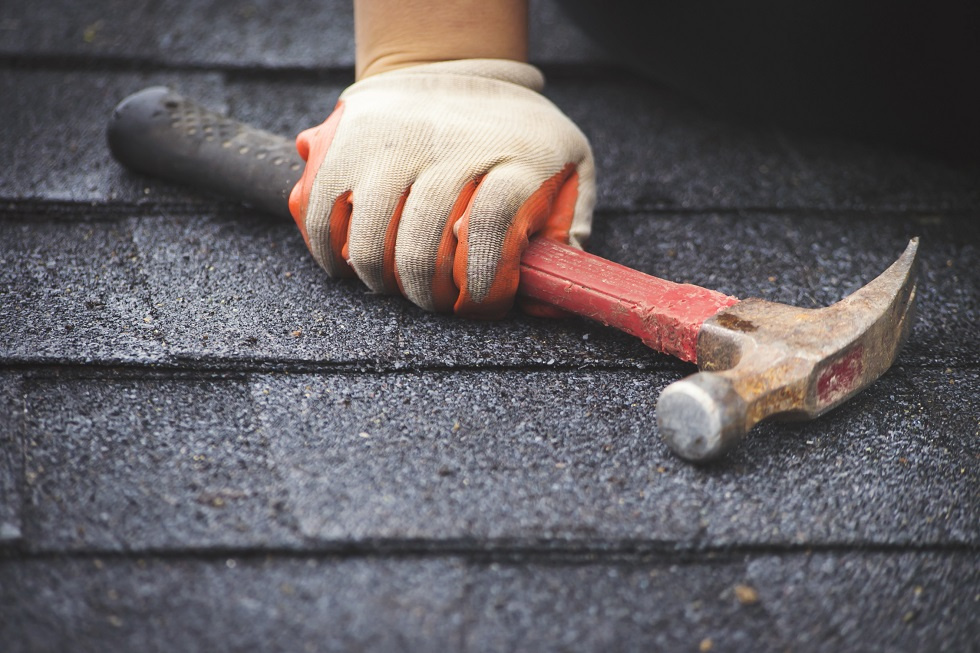A Guide to Strengthening Roof-to-Wall Connections
Every home needs a reliable roof, especially in states like Florida that are prone to hurricanes. It’s so important to take proactive steps to secure roof connections on older homes, so that your residence is strong enough to face whatever wild weather may come your way. With a history of natural disasters such as Hurricane Andrew that devastated South Florida in 1992, there has been a series of new regulations and building codes put in place. These measures have been successful in making buildings stronger and less susceptible to storm damage. While many of these code requirements apply to new construction, now there is an emphasis on reinforcing the connections between roof and wall-framing in all structures, including both old and new homes.
Roof Replacement
When it comes to roof replacement projects and hurricane strap installation in Florida, there is funding available for qualifying houses in the state. There are qualifications that these houses need to meet, and if your home meets these standards, you may be eligible for assistance with important work on your roof-to-wall connections. For example, roof replacement is required for detached single-family homes with a value of $300,000 or more that fall in the “wind-borne debris region,” that covers nearly half of the state’s southern tip. This is where wind speeds can exceed 120 miles per hour. When the roof covering is replaced, the roof-to-wall connections must be upgraded as well.
Simple Process
For qualifying houses, hurricane strap installation by professional experts can be partially covered due to a legislative cost cap to lessen the financial burden. The connections that secure trusses or rafters to the top of the wall plate need to be inspected by a licensed engineer, who can recommend whether installing new hardware or adding nails to the existing setup is the best course to follow. While this may sound expensive to you, homeowners don’t need to spend more than 15% of the total cost of a roof replacement on updating the roof-wall connections.
Much-Needed Change
It’s understandable for homeowners to have some hesitations about jumping in feet first and investing in changes to their roof-wall connections, but it’s important. Once you have a better idea of why these improvements are so crucial, you’ll feel more confident about taking this step. Historic homes used to have rafters and trusses that were put in place with three 10d or 16d toenails, a fastener that was easily decimated in high winds of tropical storms and hurricanes. Although hurricane clips and hurricane straps have grown in popularity, some roofing contractors only installed clips on every other rafter or truss, rather than on every single one as is necessary. There’s also cases of roofing framers who didn’t use enough nails. Whatever the situation may be with your home, it’s much safer to have stronger connections that can withstand heavy winds.

A Cohesive Unit
It’s important to remember that your home will be stronger and sturdier if the structure can act as one whole unit rather than an arrangement of separate parts and pieces that the wind can destroy one by one. If you want to make a substantial improvement to the structure of your home, reinforcing the critical corner sections of your roof with hurricane straps is a big step forward. Placing the best hurricane straps within your roof can set you and your family up for a safer, brighter future, no matter what mother nature may bring.
 1-844-990-9797
1-844-990-9797
